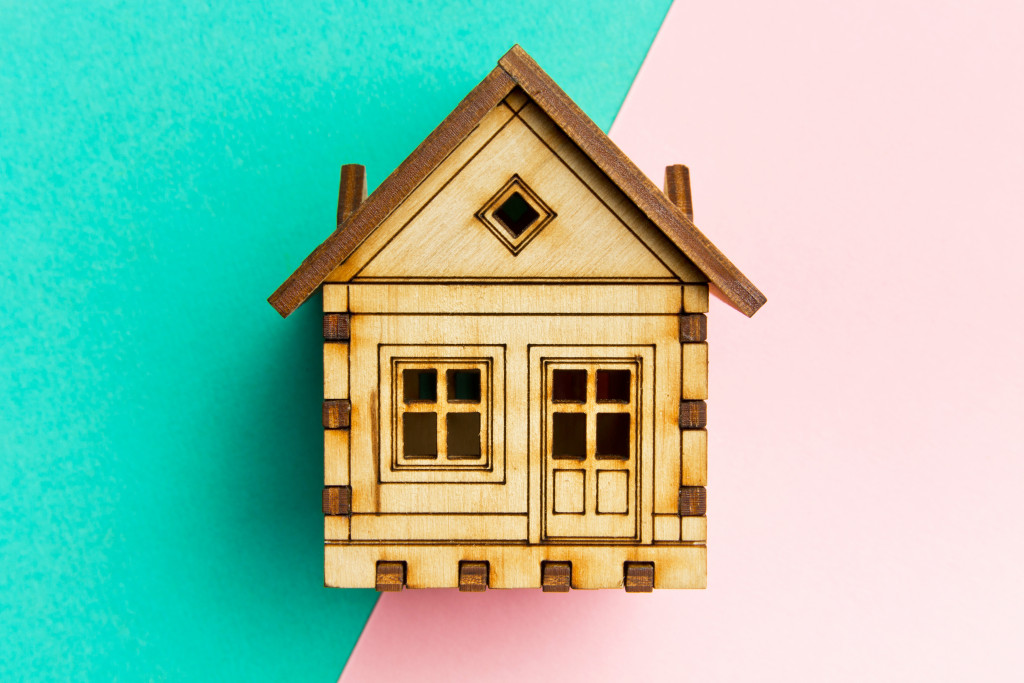- Have a professional roofer inspect the roof every three years to assess its condition and address any issues.
- Inspect for loose or missing shingles and tiles, and check flashings and seals for wear or tear.
- Look for signs of insects or birds, and replace worn weather stripping/caulking on windows and doors.
- Inspect the foundation regularly for cracks, sloping floors, and sagging roofs.
- Hire a structural engineer to evaluate the integrity of the home if necessary.
Buying an old home is a dream come true for many homeowners. Old homes have a lot of character, charm, and history that many new builds lack. However, with age comes the need for maintenance and repairs. As a new homeowner of an old home, it’s essential to have a checklist of things to keep your home in good condition. Here are some of the things you should take note of.
Check the Roof
The roof is one of the most critical features of a home. Old roofs can become vulnerable and susceptible to leaking, which can cause significant damage to your home over time. Experts recommend having an experienced roofer inspect your roof every three years to assess its condition and address any issues. Here are some specific issues to look out for:
Check for Loose or Missing Shingles and Tiles
One of the most common problems encountered with old roofs is loose or missing shingles and tiles. This can not only cause aesthetic issues, but it can also affect the structural integrity of your roof. It’s essential to inspect your roof for any signs of loose or missing shingles and tiles, as they can be an indication that your roof needs to be replaced or repaired.
Inspect the Flashings and Seals
Flashings and seals are essential components of a well-maintained roof, as they form a barrier between water and other elements and your home’s interior. As part of your inspection of the roof, you should also check these components for any signs of wear or tear. If any of them need to be replaced, they should be done so immediately.
Look for Signs of Insects or Birds
Insects and birds can cause severe damage to a roof over time if left unchecked. It’s essential to inspect your roof periodically for signs of infestation, especially during the spring and summer months when insect activity is at its peak. If you find any signs of insects or birds, it’s important to address the issue right away.

Windows and Doors
Old windows and doors can have gaps that allow air leaks, which can result in high energy bills. Checking for cracks and replacing any worn weather stripping or caulking can significantly improve the energy efficiency of your home. Here are things to consider:
Check the Seals Around Doors and Windows
The seals around windows and doors are also an essential factor when it comes to air sealing. Old homes may have worn-out seals that need replacing or areas where the seal is incomplete. Regularly inspecting these seals for any signs of damage or gaps is essential to maintaining a well-insulated home.
Inspect for Water Damage
Old homes are prone to water damage, which can lead to severe problems such as rot, mold, and structural damage. It’s important to inspect your home for any signs of water damage, including peeling paint, staining on walls or ceilings, rotting wood, and cracks in walls or foundations. These issues should be addressed immediately by a professional.
Replacement Windows
If your windows are beyond repair or too expensive to replace, consider investing in high-quality replacement windows. These will not only help you save money on energy bills but also add a layer of insulation and protection from outside elements.

Foundation and Structural Integrity
Foundational issues can be one of the most significant expenses for homeowners. It’s essential to inspect your home’s foundation regularly to avoid these costly repairs.
Cracks in the foundation, sloping floors, and sagging roofs are all indicators that your home may have structural issues that need addressing. For example, a sagging roof may need reinforcement, while a cracked foundation should be inspected to determine if repairs are required.
In some cases, it may be necessary to hire a structural engineer to evaluate the integrity of your home. They will be able to provide you with an assessment and advise whether there are any repairs that need to be done.
Owning an old home requires regular maintenance and upkeep to keep your home in good condition. It’s better to address any issues while they’re small before they become significant and costly repairs. This maintenance checklist can help you keep your home in good condition and avoid any unforeseen expenses. Remember, regular maintenance is essential to ensure your home remains a comfortable and safe place to live for years to come.

